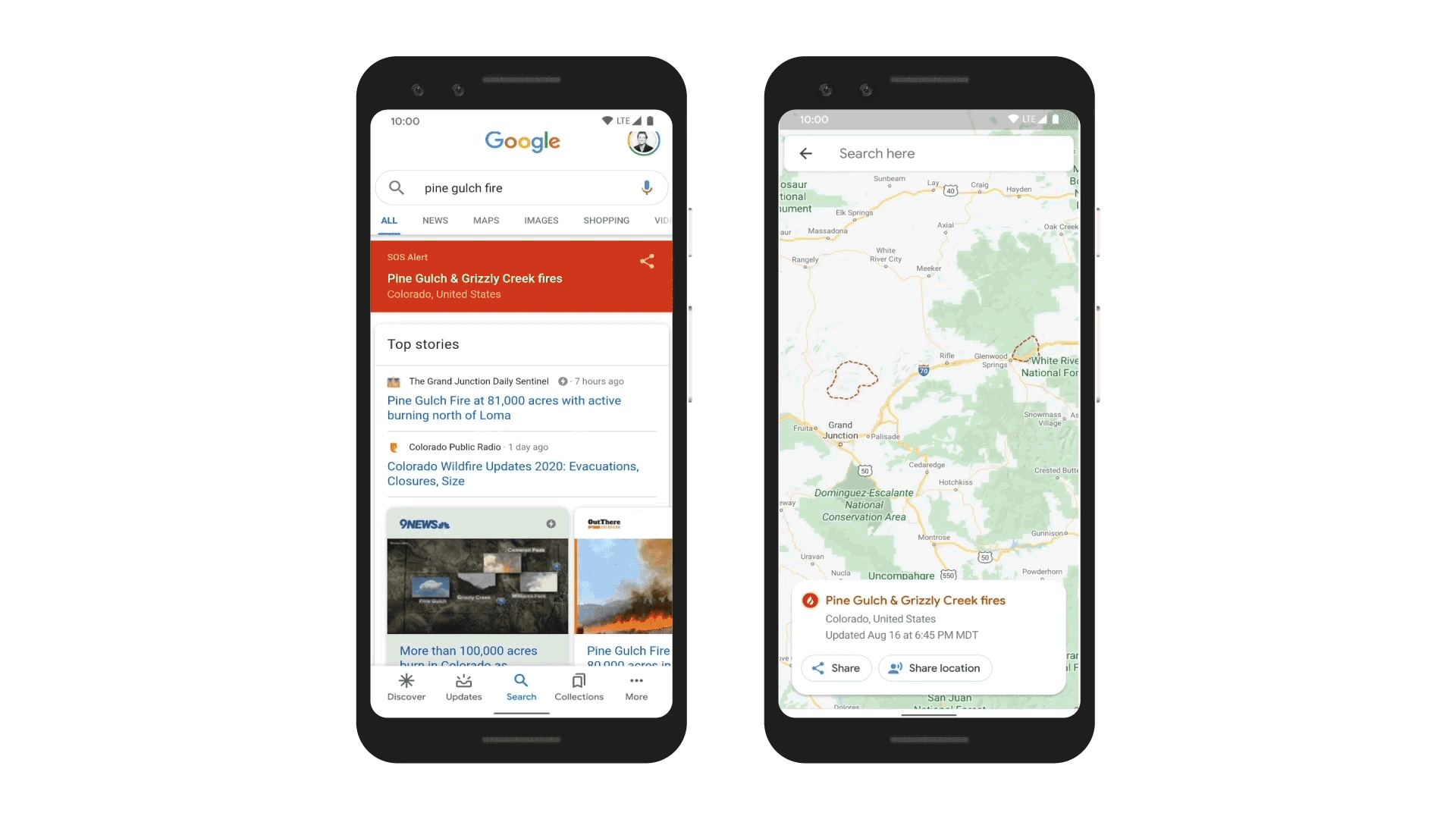At the Surface event late last year, Microsoft unveiled the new Surface Pro X — an ARM version of the Surface Pro 7 powered by a custom Qualcomm Snapdragon 8cx processor (AKA Microsoft SQ1). During the Surface Pro X presentation, the company also showcased a new technology exclusive to the notebook, which utilized the power of AI to automatically focus a user’s gaze at the camera during video calls. However, the feature wasn’t available on the Surface Pro X when it first went on sale late last year in November. Now, almost a year after the original announcement, Microsoft has finally started rolling out the Eye Contact feature in the latest Windows 10 Insider Preview build 20175.
The all-new feature relies on the artificial intelligence capabilities offered by Microsoft’s custom SQ1 processor and automatically adjusts the user’s gaze during video calls. According to a recent blog post from the company, Surface Pro X users who are enrolled in the Windows Insider program can now enable the Eye Contact feature from within the Surface app on their devices.

Since the new Eye Contact feature makes use of Microsoft’s SQ1 processor, it will only be available on the Surface Pro X and won’t be released for other devices running the latest Windows 10 Insider Preview build. Along with the new Eye Contact feature, the latest Windows 10 Insider Preview build brings improvements to pinned sites in Microsoft Edge, new icons for stock apps like Sticky Notes and Snip & Sketch, and several dev-focused changes.
It’s worth noting that Microsoft isn’t the only company to offer such a feature. Apple has also been working a similar technology called FaceTime Attention Correction, which was briefly available in beta releases of iOS 13 last year. While the technology was pulled from the final iOS 13 release, it should make it to users with iOS 14 later this year.
Update 1: Eye Contact generally available
Microsoft announced today that its AI-powered Eye Contact feature, which automatically adjusts your gaze on video calls and recordings to make it look like you’re staring directly at the camera, is now generally available for all owners of the Surface Pro X. When this feature first rolled out last month, it was limited to Surface Pro X users in the Windows 10 Insider Preview channel. Eye Contact works on video calling apps like Microsoft Teams, Skype, and others. Here’s a very short demo comparing a person’s gaze with and without Eye Contact turned on:
According to Steve Bathiche, Microsoft Technical Fellow, Eye Contact uses the dedicated AI silicon in the Microsoft SQ1 processor, Microsoft’s customized version of the Qualcomm Snapdragon 8cx. Since the processing required for this feature is offloading to the dedicated AI chip, Microsoft says Eye Contact won’t impact the battery life on the Surface Pro X. Microsoft says the Surface Pro X is the first Windows 10 PC to “fully offload AI onto a specialized chip,” but it’s no longer the only device on the market with the Snapdragon 8cx. As such, this feature won’t be available on other existing Surface devices.
The feature can be toggled on or off inside the Surface App, and once enabled, it’s automatically applied any time an app uses the camera. This feature is baked into the camera, so it doesn’t require apps to add support for it. Microsoft disabled the feature by default since the company believes that image-modifying features should be opt-in.
The post Microsoft’s Eye Contact feature goes live on the Surface Pro X to keep your gaze focused in video calls appeared first on xda-developers.
from xda-developers https://ift.tt/32Tw3tw
via IFTTT






